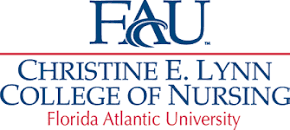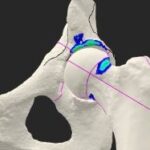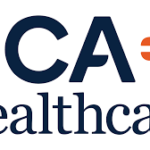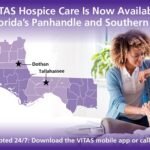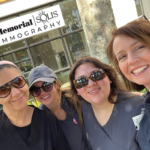 Every new year brings new challenges for every industry. In the Healthcare industry, this is particularly true given the reality of the ongoing shortage of qualified nurses. According to The Bureau of Labor Statistics, the demand for nurses will exceed the supply by at least 20% by 2020. Other troubling statistics about the nursing shortage:
Every new year brings new challenges for every industry. In the Healthcare industry, this is particularly true given the reality of the ongoing shortage of qualified nurses. According to The Bureau of Labor Statistics, the demand for nurses will exceed the supply by at least 20% by 2020. Other troubling statistics about the nursing shortage:
- According to a report released by the American Hospital Association in April 2006, U.S. hospitals need approximately 118,000 RNs to fill vacant positions nationwide. This translates into a national RN vacancy rate of 8.5%.
- In April 2006, officials from the Health Resources and Services Administration released projections that the nation’s nursing shortage would grow to more than one million nurses by 2020.
- Florida, with the highest percentage of elderly residents, will face a care crisis unlike any other when the demand for RNs significantly outstrips the supply.
Organizations such as the Nursing Shortage Consortium of South Florida take on the role of developing strategies, identifying resources and implementing solutions to address the shortage. However, your hospital can also implement a few key basics that will help you avoid or quickly recover from any critical issues that arise from the shortage.
Nurse Satisfaction Nursing opinions about workplace satisfaction vary widely. In an effort to understand nurse workplace satisfaction, hospitals must have a mechanism in place to measure and respond to staff concerns. A workplace satisfaction survey should be administered frequently enough to trend responses so when improvements are implemented the effect on satisfaction scores is apparent. Most hospitals conduct workplace satisfaction surveys annually, which is not frequent enough to enable rapid response to issues that are contributing to low morale, poor service, and staff turnover. Employee Advisory Groups Once staff satisfaction surveys have been administered, the feedback must be analyzed, prioritized and acted upon. One successful strategy is to develop an Employee Advisory Group (EAG) to help management develop and implement improvement suggestions. The EAG should consist of senior executives, nursing staff, and staff representatives from ancillary departments. Monthly meetings should be focused on prioritizing concerns and developing effective strategies to address the root causes of those concerns. Some hospitals find value in utilizing an outside facilitator to ensure objectivity in the problem solving process. Hospitals that have used EAGs report the following benefits:- Improved communication between senior leadership and staff.
- Collective agreement of priority of identified concerns or issues.
- Implementation of improvement actions that are meaningful to staff that directly impact staff morale and turnover.
Hiring Practices
Retaining good talent starts with identifying and hiring good talent. Hospitals should recruit, hire and retain nurses that are not only well educated and skilled but are also a good fit for the job. Behavioral based interviewing, talent assessments, and behavioral profiling are very effective tools that should be consistently applied in the hiring process. A behavioral benchmark can even be defined for the specific job the candidate is being considered for to help interviewers determine whether the candidate will be a “good fit” from a behavioral point of view. These practical tools help interviewers objectively determine whether the candidate has the technical and behavioral skills to make a positive impact on patient satisfaction.



